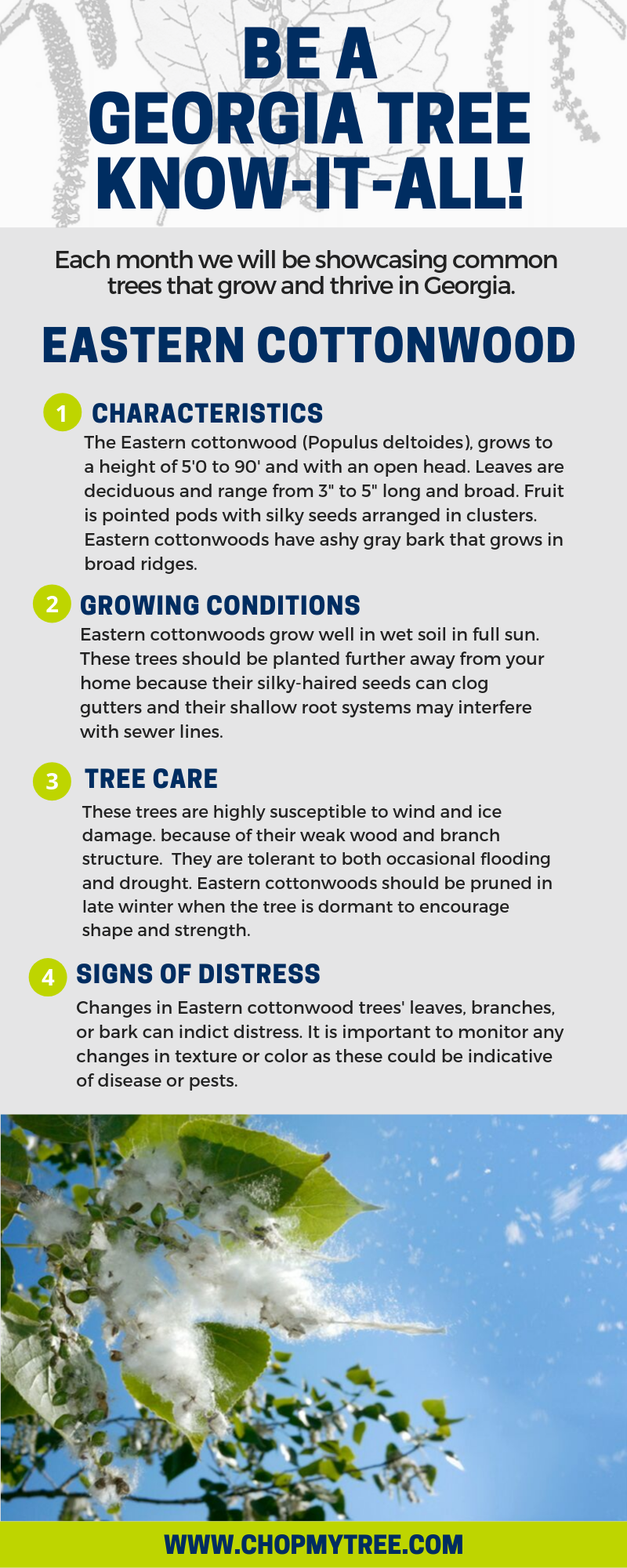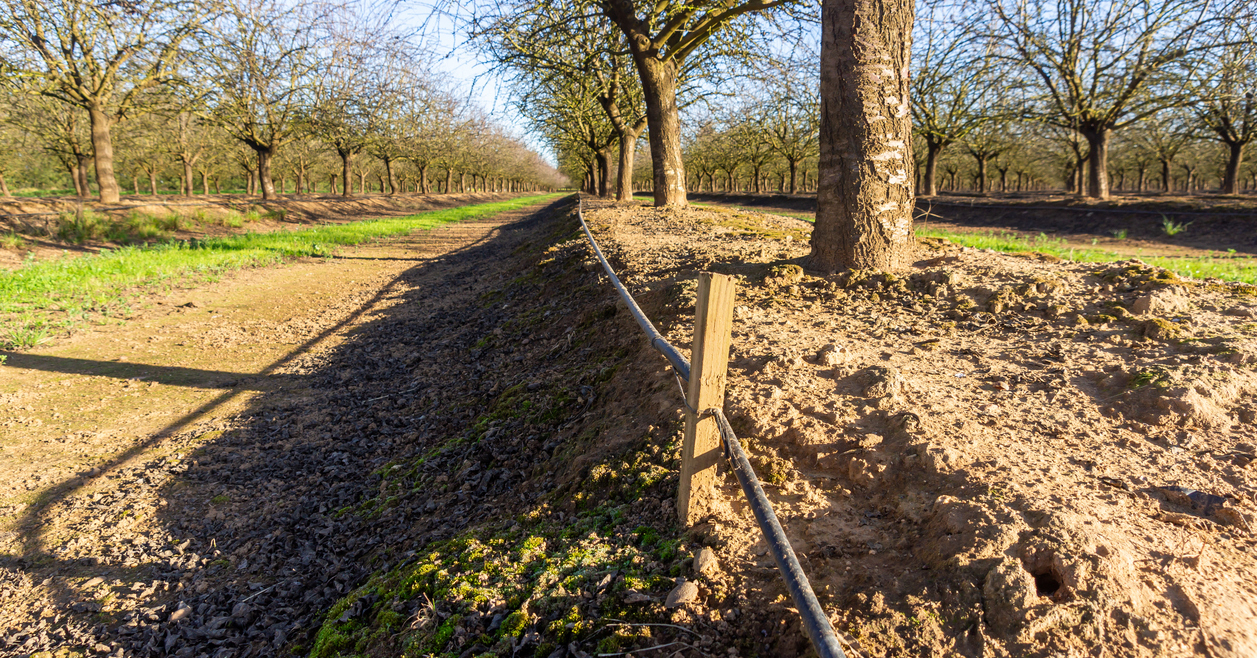Say No to the Bradford Pear Tree
Chances are you’ve seen a Bradford Pear Tree before. These trees are known for their beautiful white flowers, but they’re also known for their unappealing smell when they’re blooming. They’re also especially common in the South.
However, in addition to having foul-smelling flowers, this tree has several dangerous and damaging qualities. If you have a Bradford Pear Tree in your yard or are considering getting one, keep reading below to learn why this tree isn’t the best option to pick.
They Grow Like Kudzu
When cross-breeding happens between the Bradford Pear Tree and other common pear trees, a Chinese Callery pear is created. Unfortunately, cross-breeding is an extremely common and easy thing for these trees to do, even sterile ones.
These pears have thick thorns that can cause issues for most gardening and landscaping equipment, and also produced thug-like thickets that prevent native plants to grow and produce fruit in the same area. Because of this, these pears became a lot like kudzu when they are made, impossible to get rid of while choking out other native plants.
Weak Branch Structure
The Bradford Pear Tree always outgrows its frame. This means that its branch support structure is extremely weak. If a storm doesn’t tear down the tree before it turns twenty, its own branches will destroy the tree at this young age.
This also means that the branches are extremely likely to fall, without any warning. This is very dangerous for anything under the tree, such as humans, pets, or other foliage.
History of the Tree
Bradford Pear Trees have become such an issue across the United States, that many locations are taking a stand against the tree. In fact, places like South Carolina are warning against the tree and Kentucky even offers a free alternative tree for every Bradford Pear Tree cut down.
But how did the Bradford Pear Tree become such an issue in the first place? Here’s a breakdown of its history:
- The tree was first introduced to the environment in the 1960s by the United States Department of Agriculture. When it was created, it was to be used as an ornamental landscape tree.
- They quickly became very popular with landscapers because they were so inexpensive, easy to transport, took to any type of soil, were pest and disease-free, and also grew very fast.
- The trees were designed to remain very small and were encouraged because of their beautiful spring flowers and their stunning fall foliage.
- However, it quickly became evident that these trees would create way more problems than the beauty they harvested.
The Future of the Bradford Pear Tree
The Bradford Pear Tree is quickly on its way out. The troubles the tree causes simply aren’t worth its beauty. The good news is that there are several beautiful trees you can plant instead, such as the apricot tree, crape myrtles, fringe tree, serviceberry, dogwood, and tupelo trees.
If you have any more questions about making smart tree choices, give the experts at Premier Tree Solutions a call at 404.252.6448 or click here to contact us.








